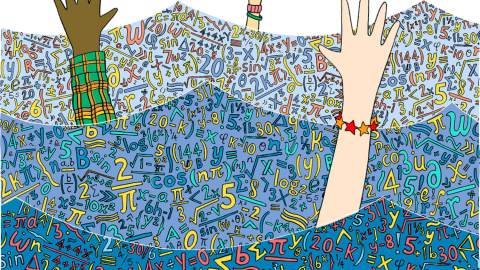The genus of a knot in a 3-manifold is defined to be the minimum genus of a compact, orientable surface bounding that knot, if such a surface exists. We consider the computational complexity of determining knot genus. Such problems have been studied by several mathematicians; among them are the works of Hass--Lagarias--Pippenger, Agol--Hass--Thurston, Agol and Lackenby. For a fixed 3-manifold the knot genus problem asks, given a knot K and an integer g, whether the genus of K is equal to g. In joint work with Lackenby, we prove that for any fixed, compact, orientable 3-manifold, the knot genus problem lies inNP, answering a question of Agol--Hass--Thurston from 2002. Previously this was known for rational homology 3-spheres by the work of Lackenby.


